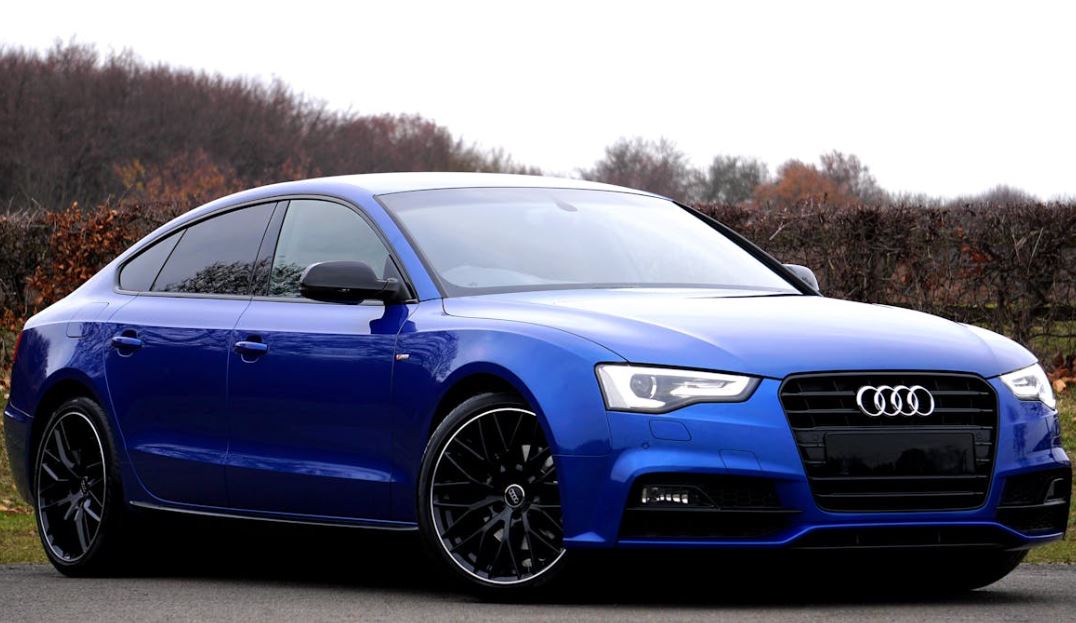Understanding why cars are expensive in the country involves analyzing various factors, including government policies, taxation, import duties, local manufacturing incentives, regulatory requirements, and exchange rate fluctuations. This article delves into these elements to provide a comprehensive overview of why cars are costly in Pakistan and what influences their prices.
The high cost of cars in Pakistan can be attributed to several factors, primarily involving government policies and economic conditions. The intricate web of import duties, taxes, and local manufacturing incentives plays a crucial role in shaping the automotive market.
Additionally, regulatory requirements and exchange rate fluctuations further complicate the pricing dynamics. This article aims to unravel these complexities and provide a detailed understanding of the factors influencing car prices in Pakistan.
Factors Influencing Car Prices in Pakistan
1: Import Duties and Tariffs
One of the most significant contributors to the high cost of cars in Pakistan is the import duty, which can range from 50% to 400%, depending on the engine size. This means that a high-engine capacity car could cost up to four times its original price due to these tariffs. Such steep duties are imposed to regulate the import of vehicles and promote local manufacturing.
| Engine Capacity | Duty and Taxes (US$) | Equivalent Amount (Pak) |
|---|---|---|
| Up to 800 cc | $4,800 | PKR 1339200 |
| 801 cc to 1000 cc | $6,000 | PKR 1674000 |
| 1001 cc to 1300 cc | $13,200 | PKR 3682800 |
| 1301 cc to 1500 cc | $18,590 | PKR 5186610 |
| 1501 cc to 1600 cc | $22,550 | PKR 6291450 |
| 1601 cc to 1800 cc (Excluding Jeeps) | $27,940 | PKR 7795260 |
These tariffs make imported cars prohibitively expensive for many consumers, pushing them towards locally assembled vehicles, which also bear significant costs due to duties and taxes.
Use can use our Pakistan Car Import Tax Calculator to find out more.
2: Taxation Policies
Taxation in Pakistan includes several types of taxes, such as sales tax, excise duty, and provincial taxes, all of which add to the final price of a vehicle. The burden of these taxes ultimately falls on consumers, making cars more expensive. Changes in taxation rates or the introduction of new taxes can cause significant price adjustments in the market.
According to Tribune.PK, Pakistan spent $290 million on cars this fiscal year. For instance, locally assembled cars face duties ranging from 2.5% to 10%, depending on their engine size. Additionally, the taxes at the time of registration are unusually high, adding to the overall cost of ownership.
3: Local Manufacturing Incentives
To boost local manufacturing, the government offers various incentives, including tax relief, investment incentives, and import duty exemptions for raw materials and components. These measures are intended to reduce production costs for local manufacturers, theoretically leading to lower market prices for consumers. However, the effectiveness of these incentives is often offset by other economic factors, such as high production costs and limited economies of scale.
Recently, Ali Asghar Jamali, the CEO of Indus Motor Company (IMC), which produces Toyota vehicles in Pakistan, has urged the government to promptly address the rising number of imported used cars. He argues that these vehicles are being given unfair advantages in the market.
4: Regulatory Requirements
Government regulations, such as emission standards, safety requirements, and fuel efficiency standards, impact car design and production, often leading to increased costs. Compliance with these regulations requires costly modifications or retrofits, which manufacturers pass on to consumers through higher prices.
For example, the imposition of strict emission standards might necessitate the use of advanced technologies and materials, raising production costs and, consequently, car prices.
5: Exchange Rate Fluctuations
The volatility of exchange rates significantly affects the cost of imported vehicles and components. A weaker local currency makes imports more expensive, leading to higher prices for cars. Manufacturers and importers often increase prices to maintain profitability amidst fluctuating exchange rates.
| Year | Exchange Rate (PKR/USD) | Impact on Car Prices |
|---|---|---|
| 2019 | 140 | Moderate |
| 2020 | 160 | High |
| 2021 | 170 | Very High |
| 2022 | 180 | Severe |
As the Pakistani Rupee weakens against the US Dollar, the cost of importing cars and parts rises, which is then reflected in the retail prices of vehicles.
6: Government Policies and Market Dynamics
The Pakistani government’s policies are decisive in shaping the automotive industry’s landscape. High taxes and duties are imposed as a means of revenue collection, given the low voluntary tax compliance among citizens. This approach extends to other sectors, including fuel and telecommunications, leading to a high cost of living.
Furthermore, the government’s efforts to promote local manufacturing through incentives and subsidies create a dual effect. While these measures aim to reduce the cost of locally assembled cars, the high import duties on completely built units (CBUs) and components often negate these benefits.
The market dynamics, influenced by supply and demand, also play a crucial role. Limited competition, production capacity constraints, and high operational costs contribute to the elevated prices of both imported and locally manufactured vehicles.
Conclusion
The high cost of cars in Pakistan results from a combination of exorbitant import duties, heavy taxation, local manufacturing incentives, regulatory requirements, and exchange rate fluctuations. Understanding these factors is essential for consumers and industry stakeholders to navigate the complex automotive market.
As government policies continue to evolve, staying informed through reliable sources like PakDrive can help consumers make better purchasing decisions.
In conclusion, addressing the high cost of cars in Pakistan requires a multifaceted approach involving policy reforms, increased local manufacturing efficiencies, and a stable economic environment. By tackling these issues, the government can create a more accessible and affordable automotive market for Pakistani consumers.

Hi there! My name is Kashif Hussain, the lead author of PakDrive. I am a huge car enthusiast and avid traveller. I have a deep passion for exploring the world and experiencing new cultures, and I love nothing more than hitting the open road and discovering new adventures behind the wheel of my favourite car. Whether I’m cruising down a winding mountain road or speeding down the highway, there’s nothing quite like the feeling of the wind and the purr of the engine beneath me. I hope to share my love of cars and travel with all of you through my writing, and I can’t wait to see where the road takes us next.”

